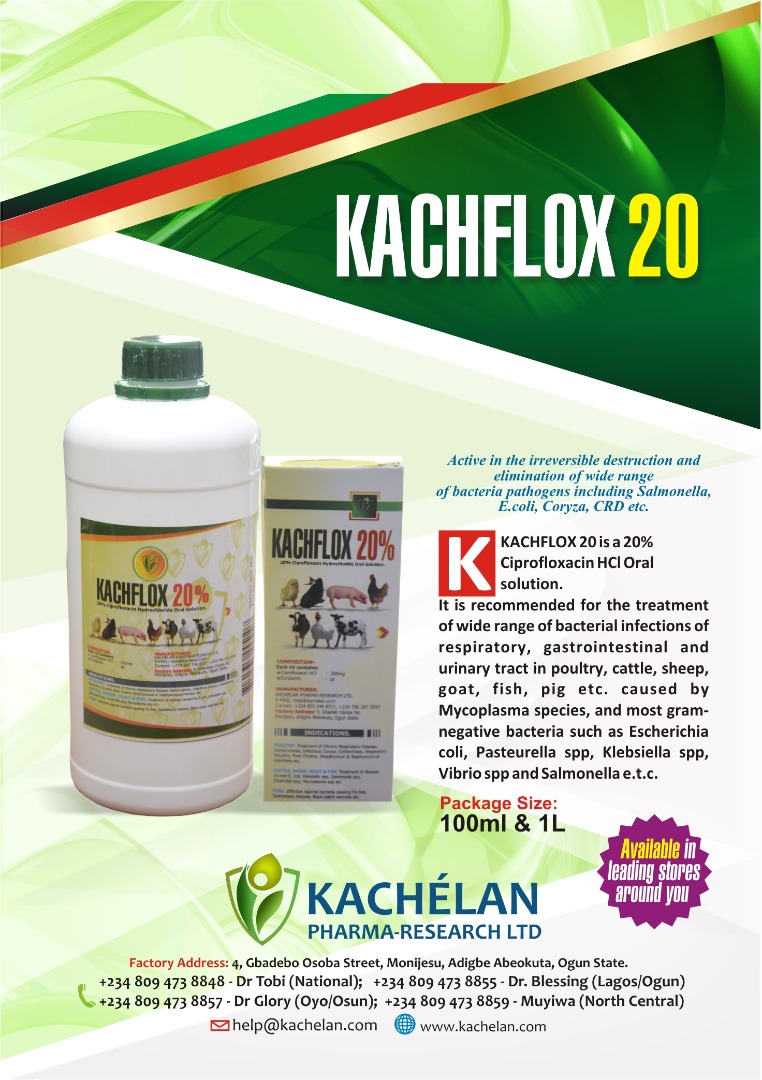The Benefits of Microbial Protein in Animal Production
Efficiency of microbial protein production
 Learn More
Learn MoreAn alternative to plant and animal protein is the aerobic production of microbial proteins (MP) by bacteria, fungi, yeast, and algae. Typically, this mode of production involves the supply of nitrogen, an electron donor, a carbon source (can be the donor) and an electron acceptor (e.g., oxygen) to a reactor system enabling highly efficient production and harvesting of the protein,

The concept of MP is not new. Methanol based production of bacterial MP was achieved on an industrial scale in the 1970s, but a combination of low prices for soy and fishmeal, increased oil prices, the underdeveloped state of the fermentation technology and limited focus on nitrogen efficiency resulted in the discontinuation of it as a production process. The increases in soybean and fishmeal prices in recent years, together with the enormous progress made in industrial fermentation technologies, justifies revisiting the potential of MP as a source of usable nutritive protein.
READ ALSO: Getting Water Right on Broiler Farms
MP production can take place in fully controlled, enclosed and automated bioreactors similar to those widely used in the fermentation processes by the food industry. As microbes can convert Haber Bosch nitrogen into cellular protein with an unmatched efficiency of close to 100% in such reactor systems, the overall nitrogen efficiency of the total feed/food chain would become substantially higher than conventional protein supply routes. Compared to fungi, algae, and yeast, bacteria have the advantage of not only growing rapidly on organic substrates but also on gases, such as methane, hydrogen and syngas (i.e., a mixture of CO + H2). When bacteria are supplied with one of these substrates they can produce highly concentrated cellular protein up to 75 wt % of the dry microbial biomass at achievable protein production rates of 2–4 kg per m3 reactor volume per hour. The latter protein production rates, using naturally available microorganisms, are several orders of magnitude higher than plant based protein production. The fact that bacteria can use hydrogen (in combination with carbon dioxide), methane gas or syngas as their energy source opens up the unique opportunity to completely short-cut agriculture-based feed and food production, enabling virtually land free production of MP.
Advantages/challenges of MP production
MP production could help to decrease future pressures on fertile land to the benefit of natural ecosystems. In addition, agriculture requires major inputs of fresh water, with ~70% of the global fresh water withdrawals used for irrigation. Reactor-based MP production requires very limited amounts of water (~5 m3/ton MP versus 2364 m3/ton for soy), which can be further reduced if water is recycled or recycled water is used. In addition, MP production does not require the use of chemicals to control weeds or insect pests.
Large-scale production of MP however, brings certain challenges in terms of growing the cultures, processing the cells to product and assuring the quality of the final product.
The first key challenge is the development of microbial cultures, either as pure culture, as combination of pure cultures or as microbiome. In the latter two approaches, cooperating microorganisms that complement each other to fully use low-value forms of carbon (e.g., CO, CO2, carbohydrates, methane derived from anaerobic digestion and oils) are present. Such mixed cooperative cultures, which by natural selection evolve to highly efficient biocatalysts are currently named microbiomes. A 2-prongued approach can be followed for nonpure culture systems. Microbiomes have been successfully enriched from natural samples to achieve high protein content. The second challenge is to scale these reactor microbiomes up to a relevant scale and maintain stability as well as guarantee microbial and chemical safety of the resulting product. From the microbiomes, novel organisms can be obtained, complementing the already existing pure cultures enabling protein production. Working with pure and mixtures of pure cultures results in some new challenges, but may lead to a high level of product quality control.
On the basis of the substrate, different feeds and foods could be tailored toward a diverse end-use while maximising usage of the substrate. The third challenge is then to deal with these single-cell microbial biomass rich in protein and transform it to a commodity that has functionalities (e.g., specific taste and odour) that would allow MP to compete in the context of food and feed quality with widely used milk, egg, or meat proteins.
READ ALSO: How to Reduce Antibiotics in Broiler Production
Having an amino acid composition resembling that of fishmeal, MP will be mainly eligible to replace the protein portion within the feed basket, while the potential to replace other feed components (e.g., calories and fibres) is limited. The protein demand of intensified agricultural systems, such as pork or poultry production, is, however, so large that Europe or China, among others, cannot settle this demand domestically but have to import large quantities of protein animal feed from Latin and North America. The fact that MP can be locally produced on an industrial scale holds the potential for protein-importers, such as Europe and China, to become protein self-sufficient and independent of soy imports.
*This article is based on the research ‘Microbes and the next nitrogen revolution’ published in Environmental Science & Technology. The paper was co-authored by Silvio Matassa, Korneel Rabaey and Willy Verstraete, Ghent University, Belgium, Benjamin Leon Bodirsky and Alexander Popp, Potsdam Institute or Climate Impact Research, Germany and Mario Herrero, Commonwealth Scientific and Industrial Research Organisation, Australia.
Contributed by Ilje Pikaar














